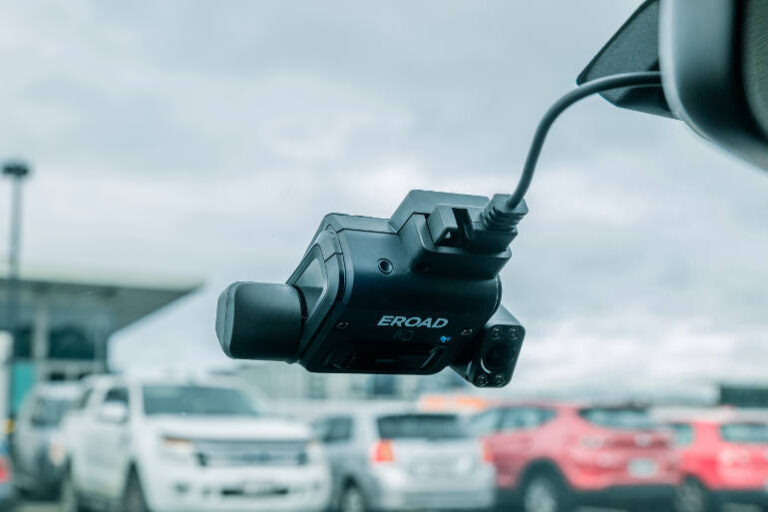EROAD is a telematics company that started calculating and collecting road user charge tax on behalf of the New Zealand Government in 2000. It’s now a fully-fledged telematics and fleet management group with operations expanded into North America and Australia.
While its hardware and software may ostensibly be measuring distances, scheduling maintenance and the like, there is nothing more important to the company’s culture or service than safety.
“We don’t just sell safety. It is a core value of our business from our internal culture and policy,” said Chris Emerson, EROAD’s Sydney-based business development manager in reference to the company’s purpose and mission to create safer, more sustainable roads. “Predominantly our service is about fleet management and fleet safety. We have a lot of large organisations that want to improve safety and the well-being of their drivers.”
Meanwhile, chain of responsibility (CoR) legislation has forced organisations to look at risk and safety, and telematics like EROAD’s help them to do that. CoR laws mean each and any party — from the CEO to the driver or mechanic — involved in the operation of a vehicle over 4.5 tonnes may be held liable for safety breaches.
EROAD’s cloud-based web application, MyEROAD, lets you see all of a fleet’s vehicles at a glance, enhancing job and route management. Its latest piece of kit – the EROAD Clarity Solo in-vehicle device is an all-on-one GPS tracker with built-in HD video dash camera that can be used to view both the road ahead and the driver in case evidence is needed to investigate any incidents or accidents. EROAD packages include a bank-grade payment gateway and a cloud-based services portal.
EROAD product safety features also include audio alerts to drivers, triggered by harsh braking, or cornering or speeding, which is fantastic for coaching fleet drivers.
“Reducing accident or incident rates and saving lives is what our goal is,” said Sean Finnegan, Brisbane-based EROAD business development manager. “Live notifications to drivers allows for an engaged driver to become an empowered driver,” he said, explaining operators could aim to be best in class, with gamification of the system enabled to rank themselves against top driver statistics.
Certainly, speeding incidence drops dramatically once the EROAD systems are installed in vehicles, said Finnegan, citing statistics of as much as 50 percent within a month, and 60 percent in six months.
Other critical safety features offered by EROAD are back-to-base alarms, triggered by a vehicle accident, or unexplained absence of a driver. There is also a duress or panic alarm function which can be deployed by the driver.
It has electronic work diaries for truck drivers so that they can see clearly when they are due for their next rest break to ward against fatigue.
“At the core of it is getting people home at night,” said Finnegan. “That’s pretty much what we’re trying to do. And we do it with some functions and we do it very, very well.”
Emerson said there are still a lot of fleets that haven’t yet embraced the technology, providing EROAD a big opportunity to grow the business in Australia.
“There’s a lot of interest in having video recording in the vehicles to give greater context around not only incidents that might happen in the vehicle, but also around driver coaching,” said Emerson.






